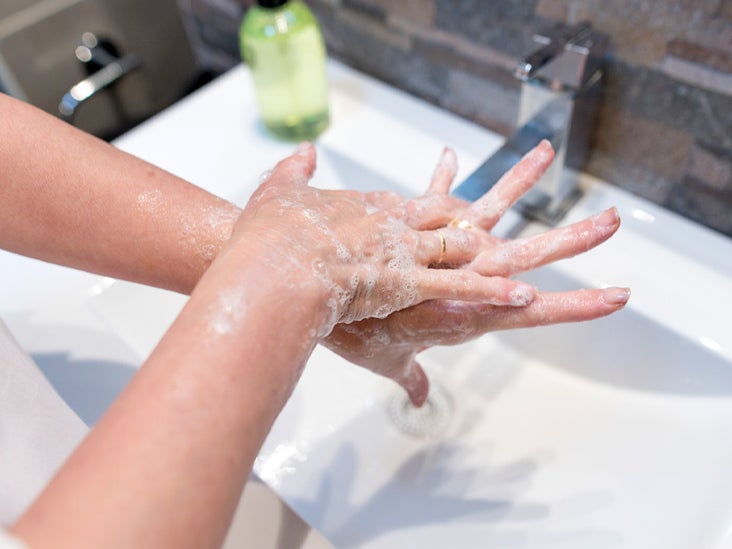Standard Operating Procedure for hand wash

1. PURPOSE:
1.1. To prevents food-borne illness spread by contaminated hands.
2. SCOPE:
2.1. This procedure applies to anyone who handles, prepares, and/or serves food.
3. RESPONSIBILITY:
3.1. HSEQ – To implements and ensure the food safety standard
3.2. Manager/ Chef/CDP – ensure the operational control
3.3. Supervisor – maintain the standards
4. KEYWORDS: Cross-Contamination, Hand washing, Sanitation
5. INSTRUCTIONS:
5.1. Follow proper hand washing procedures as indicated below:
· Wet hands and forearms with warm running water and apply soap.
· Scrub lathered palms, back of hands, between and behind fingers and fingernails, at the base of thumbs and wrist for at least 20 seconds. Rinse thoroughly under warm running water.
· Dry hands using a paper towel or clean towel.
· Close the tap using a paper towel.
· Finally use hand sanitizer to sanitize hands.
· Use a paper towel to open the door when exiting the restroom.
· Use hand sanitizers before starting the work.
5.2. Train food handlers on above standard Hand washing procedure.
5.3. Post Hand washing signs or posters in a language understood by all food service staff near all Hand washing sinks, in food preparation areas, and restrooms.
5.4. Use designated hand washing sinks for hand washing only.
5.5. Provide running water, soap, sanitizer and a means to dry hands. Provide a waste container at each Hand washing sink or near the door in restrooms.
5.6. Keep Hand washing sinks accessible all the time's employees are present.\
6. Wash hands:
a. Before starting work
b. During food preparation
c. When moving from one food preparation area to another
d. Before putting on or changing gloves
e. After using the toilet
f. After sneezing, coughing, or using a handkerchief or tissue
g. After touching hair, face, or body
h. After sweeping, mopping, or wiping counters
i. After touching dirty dishes, equipment, or utensils
j. After handling waste.
k. After handling currency notes and coins.
l. After the changeover of work from raw food to cooked food
7. MONITORING:
7.1. Who: - HSEQ/Chef / CDP / Cook/Supervisor
7.2. How: - Visual inspection
7.3. When: - Before and after completion of work
7.4. What: - Maintain hygiene standard
7.5. Where: - In work premises
8. CORRECTIVE ACTION:
8.1. Retrain any food service employee found who not following hand wash procedures and other hand wash protocol.
8.2. Ask employees observed who not washing their hands at the appropriate times or using the proper procedure to wash their hands immediately.
9. RECORD:
9.1. Training record
9.2. Handwash Area Cleaning




No comments:
Post a Comment